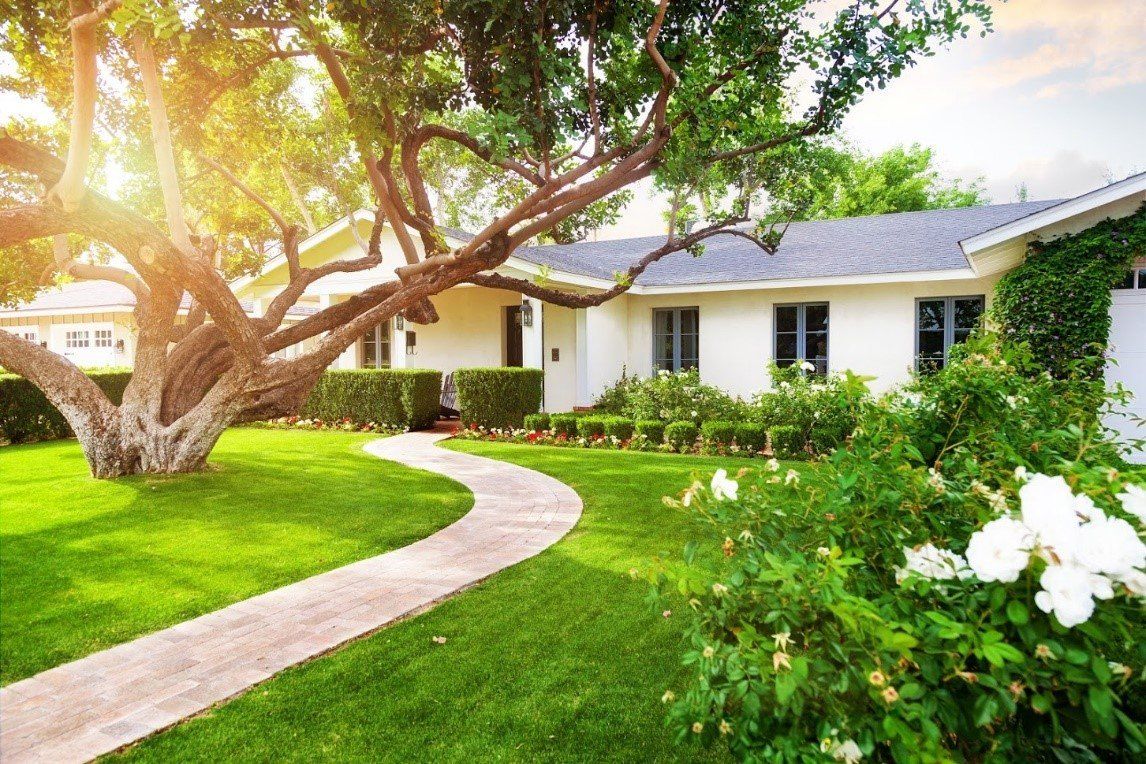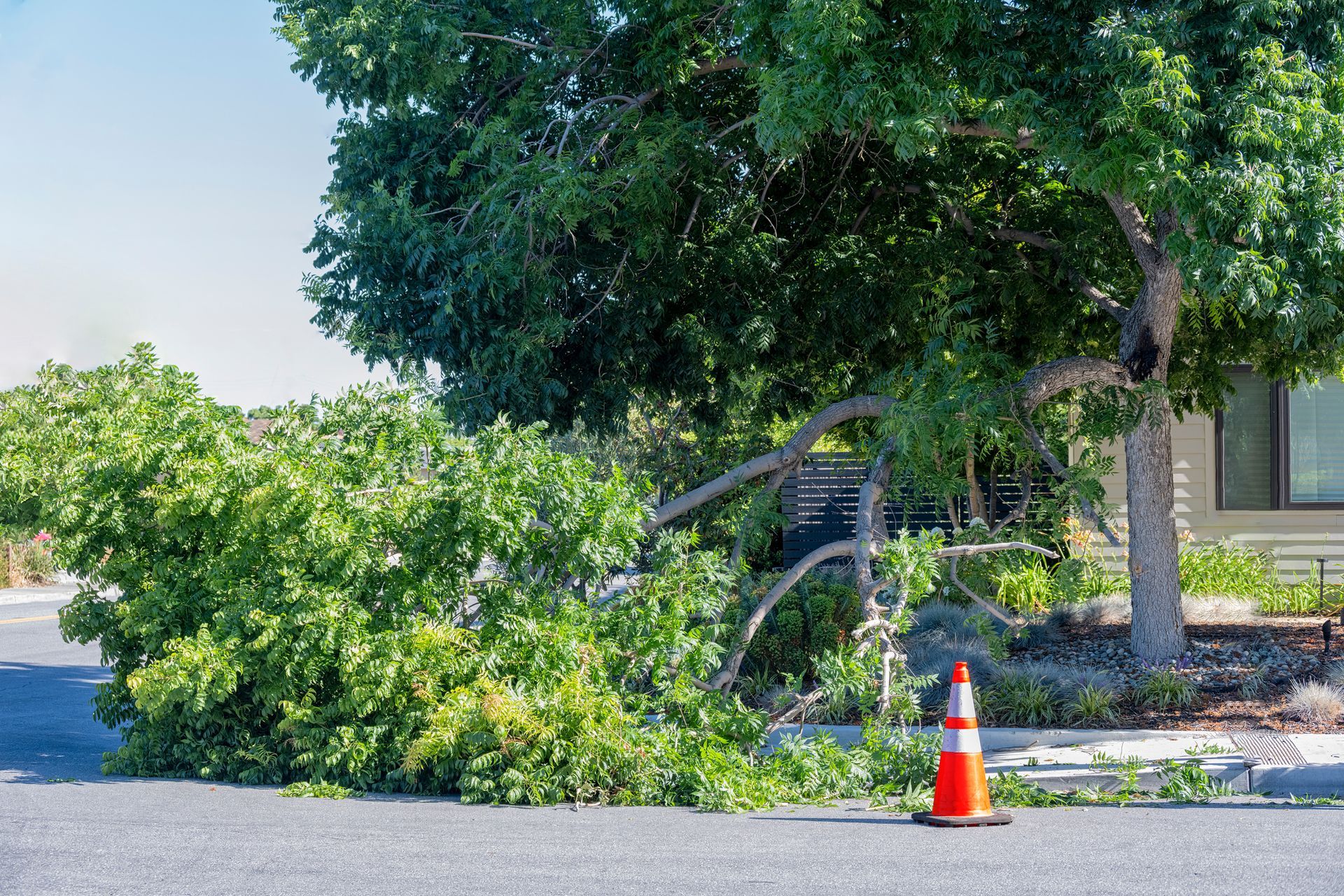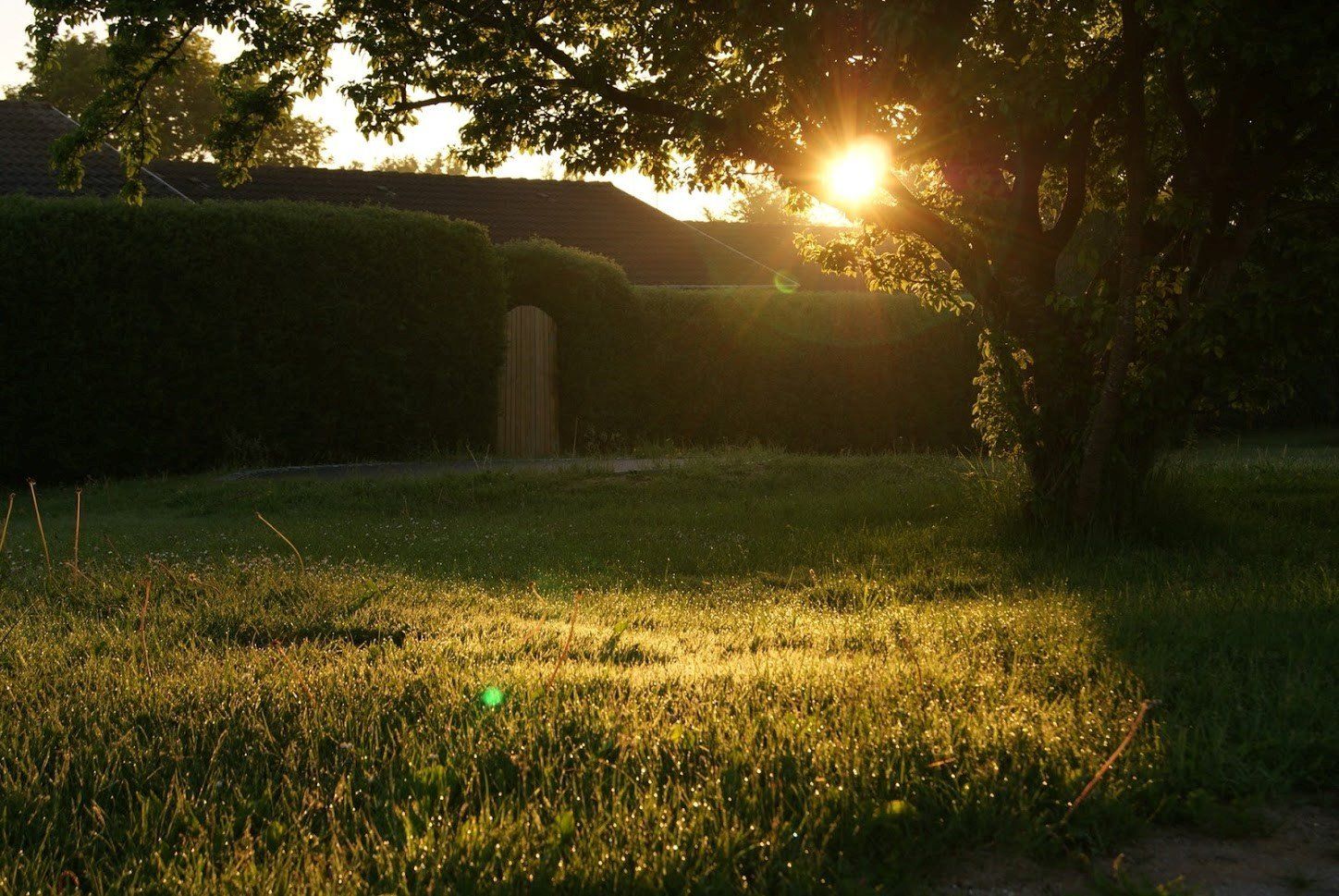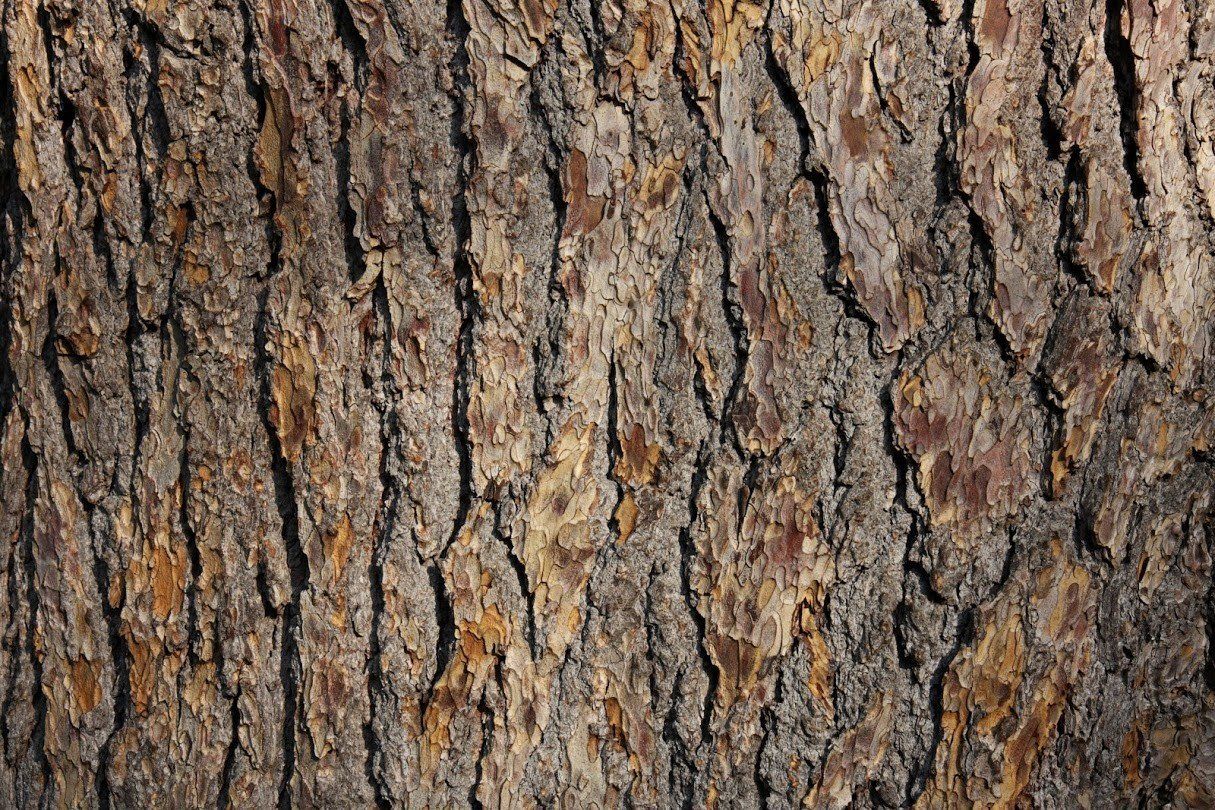The Dos and Don'ts of Limiting a Tree's Height
April 20, 2020

Trees are known for their tall, majestic greenery. They provide a beautiful background for landscapes large and small. But in some situations, you may not want a tree that grows as tall as it can. When is a good time to curtail a tree, and how should you do it? Discover a few do's and don'ts of keeping your tree from its full height.
Do Know Your Goals
While most property owners do not particularly care how tall their trees get — and may prefer a huge tree — you have reasonable situations when you should act to limit growth. You may have power lines or other obstructions above the canopy. It may now (or eventually) block an important view. Or you may want to encourage outward growth rather than height.
These are legitimate choices, and nothing wrong with keeping a tree from its fullest potential when needed. So define — specifically — what you want from the tree's height and why that is important. This will help you reach the right goals while protecting the tree.
Don't React Rashly
One of the worst things you can do to keep a tree artificially shorter is to act rashly or overdo the pruning. Some owners might immediately go for a blunt cut at the top of the tree, resulting in what is known as topping the tree — removing entire upper portions of the canopy.
Tree topping can remove too much of the limbs, branches, and leaves, leaving the tree undernourished and vulnerable to breakage or storm toppling. It may even encourage pests and infestations. And the growth may simply return, making the entire effort pointless.
In fact, pruning any tree too harshly at any time — no matter where you prune — can be just as dangerous. Many trees should not have more than about 20% of their volume removed at any given time. A homeowner may accidentally do damage by over-pruning out of frustration or inexperience.
Do Work With a Professional
Before trimming a tree with this goal in mind, consult with a professional tree service. They will assess the entire health of the tree, including key factors like its age, the natural growing style, the condition of the limbs, and your preferred shape.
For instance, the homeowner may not know that pyramid-shaped trees must be pruned differently than fruit trees. Pruning in different season might also result in different long-term results. A pro will tailor the plan to the tree's individual characteristics.
Don't Overlook Moving It
Even though a tree seems like a permanent feature of your landscape, you might be able to move it. If you have a mature tree that you love but cannot keep in its present location, consider giving it a new lease on life in a new spot.
By moving an established tree, you can replace it with something naturally more conducive to the height you want. If taking this route, be sure to consult a professional about the replacement choice.
Do Think Long-Term
Getting your tree to the height you want is a long-term project. In many cases, you may need to trim over a few growing cycles in order to reduce the height to the desired level. While this may not be what you prefer, patience protects your investment in the tree and the landscape around it.
Are you ready to start taking control of the height of your trees? Get started today by consulting with the tree pros at Kaily's Tree Service. Our experienced staff will help you find the best route to achieving the perfect look in your yard. We look forward to speaking with you soon.










